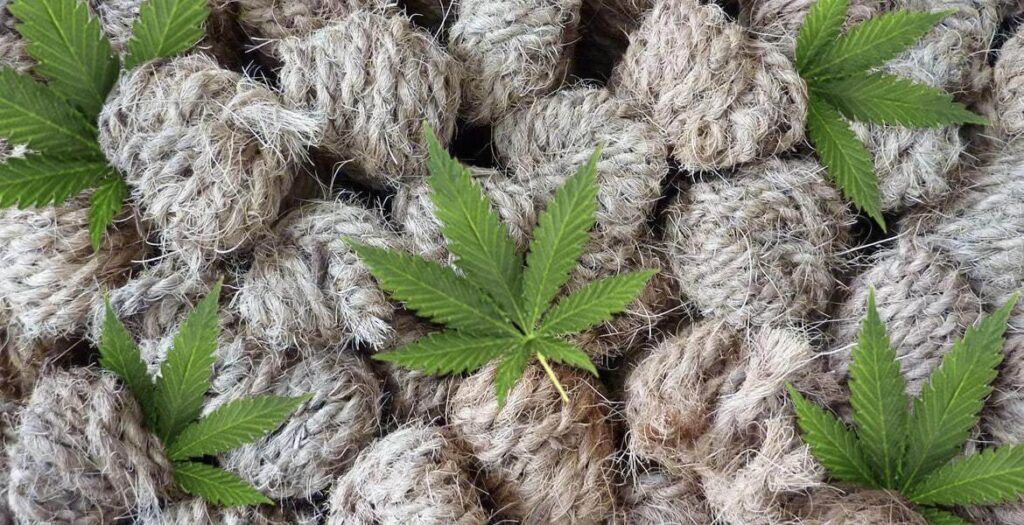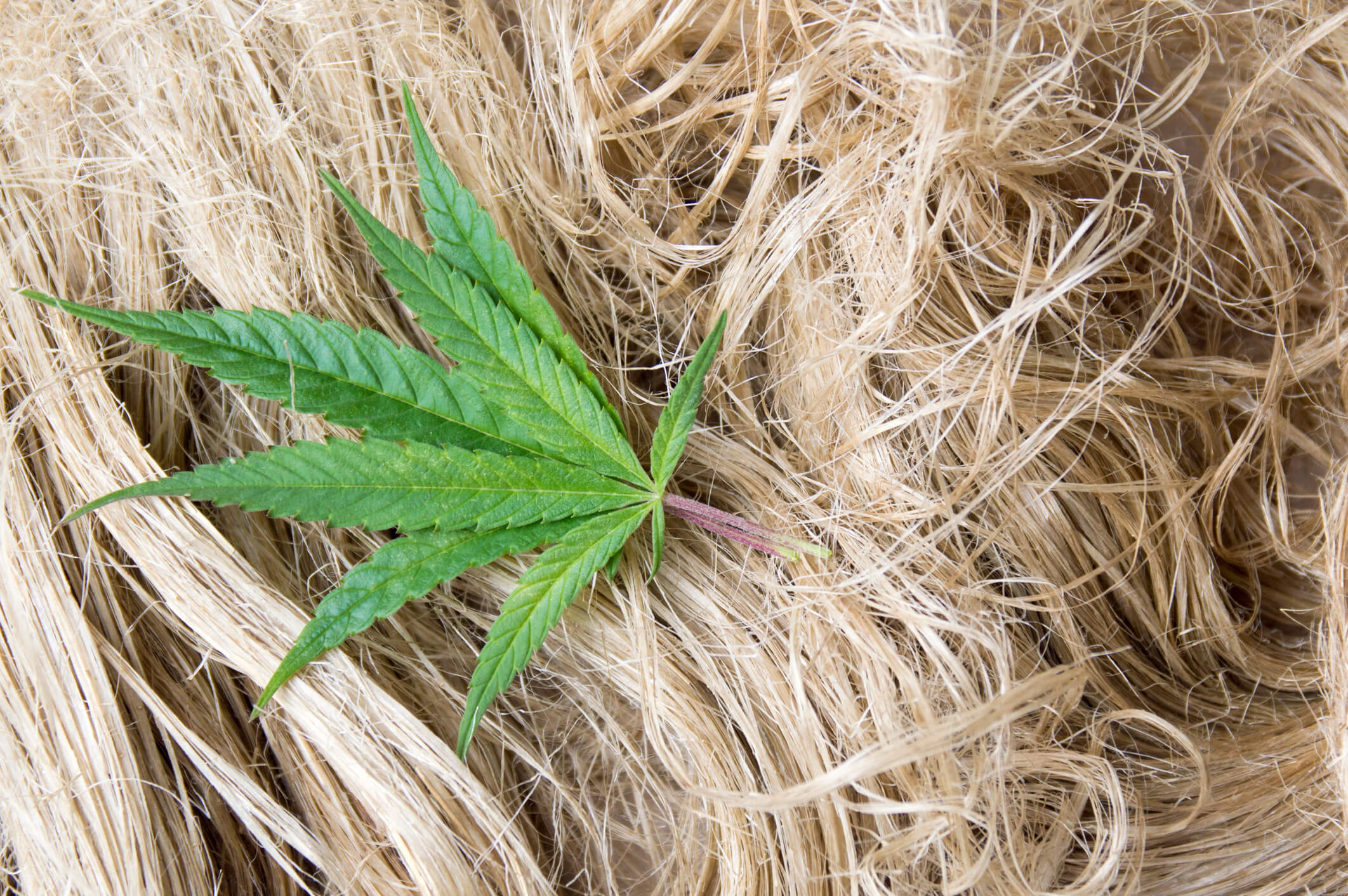Hemp is not widely used in the textile industry today, although it is a plant with remarkable properties. Hemp is considered one of the first plants to make textiles, but with the development of other materials such as cotton, organic cotton, or synthetic fibers, it was abandoned.
Table of Contents
What is Hemp?
Hemp is a natural and organic textile fiber obtained from agriculture. Cultivated plant of the cannabaceae family, it is harvested annually. The so-called industrial hemp is used in fabrics, textile furnishings, cosmetics, construction, insulation, or the manufacture of oils or even stationery or food; hemp is also a bio-fuel.
The Cultivation of Hemp for Textiles

Hemp was one of the first natural fibers used to make textiles. In China, traces of the first textiles made from hemp date back several thousand years BC.
Along with flax, hemp was once very popular for clothing because it is cultivable locally and has interesting properties: strength, resistance to humidity, thermoregulation, etc.
In the last century, hemp has almost completely disappeared from the textile industry for two reasons:
- Strengthening of regulations concerning its use due to its psychotropic properties
- The arrival of new textile fibers such as cotton or polyester
Today, hemp is experiencing resurgence in popularity with ethical fashion development because it can solve critical ecological problems (local cultivation, little irrigation, no chemical treatment).
Here are the Cons of Hemp Fabric
Price
In agriculture, hemp’s fiber yield is 2-3 tons per hectare, and flax is 1.3–1.8 tonnes. Despite the high yield, the price of hemp fabric is very high.
Wrinkles
Hemp fabric (woven and non-woven) wrinkles easily, especially when the fabric is new. With some washing, the fabric will soften in the next step, and wrinkles will be relatively reduced.
Inflexible and Uncomfortable
Uncomforting is the major drawback of hemp. It is a fiber that tends to scratch, and it is for this reason, hemp is often mixed with cotton for the realization of clothes.
Possible Breaks
Hemp is used for organic clothing, so it does not treat with anti-wrinkle components or chemicals. Thus, whenever the hemp fabric is worn, a specific area gets creased and wrinkled. Though hemp fabric is strong, the constant creasing leads to the breakdown of fabric and holes in a cloth. On the other hand, you will not find any problem till the time it is not worn heavily.
Processing Time is long.
Another disadvantage of hemp is that transforming this natural textile fiber is quite long and therefore complicated to produce in some countries. Hemp as a material gets mixed with other synthetic materials. Its green image is, therefore, hijacked. It remains that hemp remains irritating if it is not worked with expensive know-how; it is not always easy to work.
Hemp Clothing Requires Extra Care
Like other fabrics, cotton or nylon, you cannot wash hemp fabrics in the washing machine. To wash hemp fabrics, it is recommended to avoid chlorine bleaches and use cold water. Also, to maintain the hemp fabric quality, WeeDeeliver advises to air dry the hemp clothing as a machine dryer can cause wrinkles.
Hemp Fabric Doesn’t Look Stylish.
Hemp, being a natural component, lacks the color richness compared to other fabrics such as cotton. It is challenging to dye the hemp clothing in the first go as hemp is not colorfast.
Hemp Fabric is Delicate While Workout
Sometimes fabrics, especially delicate ones, require a little extra care. The hemp fabric dress will fall off a bit when it’s first worn, but only if you increase the sweat as in an intense exercise session. So, if you notice this happening while wearing your favorite hemp outfit, don’t panic. It’s completely natural. When hemp fabrics spill a little when you first wear them, synthetic fabrics will significantly disperse microfibers with each traditional wash cycle. It is a significant component of harmful microfiber pollution, which adversely affects human and environmental health.
Final Thoughts on Hemp Fabric Disadvantages
Hemp grows everywhere and is, therefore, resource-efficient. The plant can be fully utilized and does not require any synthetic sprays for cultivation. This makes it suitable as a raw material for many products. The disadvantages in cultivation can be avoided by changing crop rotation and cooperatives. { "@context": "https://schema.org/", "@type": "FAQPage", "mainEntity": [ { "@type": "Question", "name": "What is Hemp?", "acceptedAnswer": { "@type": "Answer", "text": "Hemp is a natural and organic textile fiber obtained from agriculture. Cultivated plant of the cannabaceae family, it is harvested annually. The so-called industrial hemp is used in fabrics, textile furnishings, cosmetics, construction, insulation, or the manufacture of oils or even stationery or food; hemp is also a bio-fuel." } } ] }
